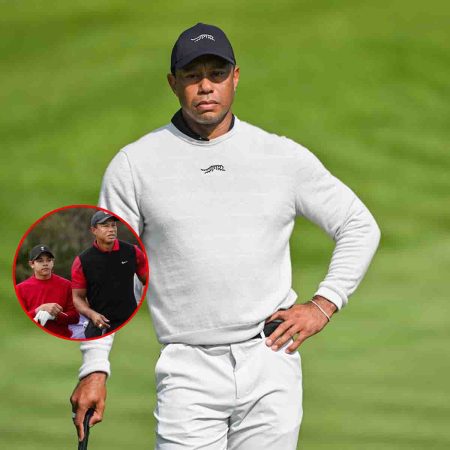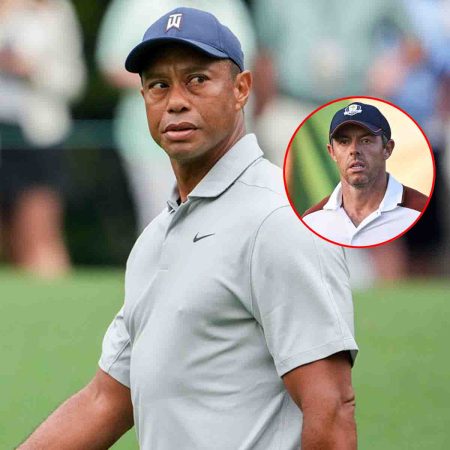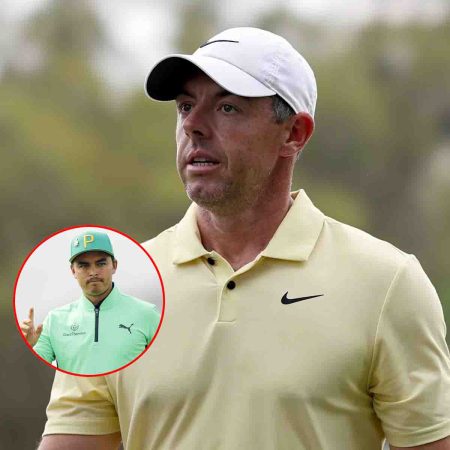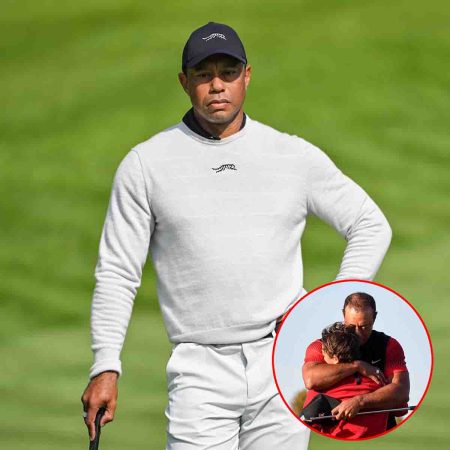/cdn.vox-cdn.com/uploads/chorus_image/image/71864577/usa_today_19785609.0.jpg)
It’s truly tough to assess games against bottom-tier games as wholly representative of a team’s caliber — especially one that is deep into their rebuilding efforts and who aren’t going to lose any sleep over each loss they absorb, especially if it brings them one step closer to a franchise-changing building block.
The San Antonio Spurs aren’t the world beaters that they were during their dynasty days. They’re the worst team in the league defensively, allowing 120.4 points per 100 possessions (103.7 points allowed per 100 half-court possessions, also dead-last).
One look at their defensive shot profile is all you need to know why they’ve been struggling defensively. While they are second in opponent three-point attempt rate (that is, they allow the second fewest three-point attempts), opponents shoot 40.0% on threes (39.8% on above-the-break threes) — the worst mark in the league.
The Spurs also allow plenty of opponents to get to the rim for up-close attempts. Their 38.1% opponent rim rate is the second highest in the league; only the Portland Trail Blazers allow more shots at the rim, per Cleaning the Glass. But that may be baked into their overall defensive philosophy because they have adequate rim protection to erase attempts up close.
Even if they allow lots of rim attempts, the Spurs are a respectable 12th in opponent rim accuracy (66.1%). A huge reason for that is having Jakob Poeltl — a capable rim protector — to anchor their backline.
Poelt’s rim-protection metrics this season have taken a bit of a nosedive. He’s averaging only 1.2 blocks per game, a slight dip from his last two seasons. Opponents shoot 63.3% at the rim when he’s nearby — 40th among 52 qualifying players who contest at least four shots at the rim per game.
That may also be due to the heavy load that he has had to bear on defense. He contests 7.6 shots at the rim per game, fourth most among the aforementioned 52 players. It tracks when you consider the frequency of rim attempts the Spurs allow, and how it’s representative of their lack of capable point-of-attack defense across the board.
This was a golden opportunity for the Golden State Warriors to take advantage of that fact, despite being the team that had the lowest rim rate in the entire league; only 25.4% of their shots have come from within four feet of the rim, around eight percentage points lower than league average.
Their lack of rim attempts is a consequence of their offensive philosophy. Their brand of rim pressure could be considered non-traditional — instead of self-created off-the-dribble drives, they rely on opportunistic cuts born out of the threat of their movement shooters.
It’s tough to summarize an offense that is monumentally complex and hard to grasp for most players, but to pin down their philosophy to a single concept, it’s this: They rely on an outside-in method of generating efficient offense, the zig to the rest of the league’s zag of relying on inside-out concepts.
This has been widely known throughout the Steve Kerr era, and it continues to be their ethos for as long as the likes of Steph Curry and Klay Thompson are able to act as the engines that drive it. You can’t blame Kerr for sticking to a formula that helped win this team four titles in eight seasons under his regime.
And you certainly can’t blame Curry and Thompson for keeping faith in a system that has unlocked them to the highest degree.
Part of that system relies on flow and pace. Unscripted actions comprise a chunk of the Warriors offense; read-and-react is the name of the game — read what the defense is giving you, and react accordingly:
What the Spurs defense is giving above: Poeltl dropping back in the paint against Kevon Looney, who reads the situation and reacts with a dribble handoff (DHO) for Thompson. With Poeltl dropping back and Looney setting the solid screen, Thompson is given all the space he needs for the three.
Such is an example of why the Spurs have had trouble guarding threes this season. As a rim-protecting big, Poeltl’s instinct is to sink toward the paint. That leaves the Spurs vulnerable to possessions like the one above.
Poeltl is smart — he knows not to make the same mistake the next time around. He steps up higher — up to the level of the screen — to close Thompson’s airspace. But that only serves to unlock the built-in counter to aggressive screen coverages:
With Poeltl stepping up higher, Thompson makes sure to find Looney rolling to the rim. With Poeltl being the only legitimate source of rim protection, the Spurs’ outnumbered (and undersized) backline can’t deal with Looney’s finishes at the rim.
Curry gets the same treatment from Poeltl around a split-action screen. The result is the same:
Other instances are even more indirectly down the chain of the split-action progression. When the Warriors run their “Bilbao”/“Gaggle” split action — the modification being the “gaggle” cut that precedes the typical split-cut screen — Poeltl gets ready to meet Curry around the screen.
What that does is draw him away from the paint — and unable to account for Donte DiVincenzo on the “gaggle” cut, made possible due to DiVincenzo’s man “top-locking” him away from Curry’s screen:
These kinds of opportunistic cuts have constituted the majority of the Warriors’ attempts at the rim this season and the last decade. However, the importance of traditional self-created rim pressure isn’t lost on them — but it is still a matter of which personnel on their roster can self-create shots at the rim.
Curry has been the traditional answer, but even he isn’t the most prolific driver on the team. That distinction belongs to Jordan Poole, whose 369 total drives and 9.0 drives per game both lead the Warriors.
The caveat: Poole’s total drives rank 44th in the league; his drives per game ranks 62nd. Both marks are indicative of how the Warriors aren’t particularly attuned to running an offense anchored on dribble penetration.
Poole’s drives can often be an adventure. He’s crafty, shifty, and has burst that allows him to blow past most defenders at the point of attack. But even he can go too fast for his own good, resulting in him falling down and — more often than not — turning the ball over.
But whenever he’s under control and manages to capture that perfect balance between pace and craft, his forays toward the rim can be devastating:
Using a combination of cuts and self-created rim pressure, 39% of the Warriors’ total shots against the Spurs were within four feet of the basket — equivalent to second in the league. They shot 32-of-39 at the rim, an 82.1% success rate that would overwhelmingly be equivalent to the best rim FG% in the league.
The caveat still remains. The Spurs are what they are: a tanking team with a severe talent deficit compared to the rest of the league. Their anchor on defense can only do so much to clean up mistakes and plug holes.
But if there was a recipe for the Warriors to achieve offensive success and cohesion, it would be this perfect balance of opportunistic and intentional rim pressure.
Source: https://www.goldenstateofmind.com








